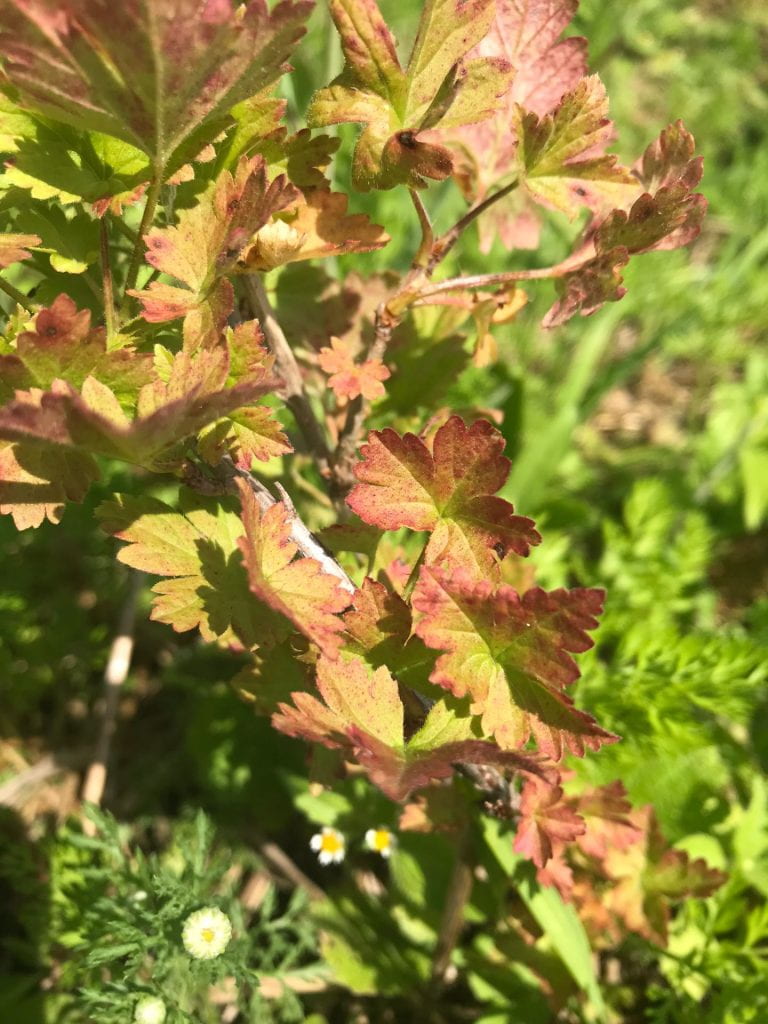
Berry Update June 4, 2020
Western NY focus, written by Esther Kibbe
Strawberries: Early varieties have small green fruit, while mid to late varieties are in early to full bloom. Cold damaged primary flowers have shriveled, while secondary and tertiary flowers/fruit are prominent. Fruit size will probably be down somewhat, but there are still a good quantity of berries developing. I’m seeing strawberry aphids in many fields, and 2-spot spider mites and tarnished plant bugs in a few. I spotted my first spittle bug of the season. A first for me: slime mold in strawberries. This is a harmless decay organism, but looks pretty dramatic.

Blueberries: Mostly full bloom to petal fall.

Bees have been abundant and active in fields I visited. Seeing some leaf symptoms (‘burned’ edges) that may be mummyberry infection, combined with cold damage. Frost damage will increase susceptibility to mummyberry infection, so this could be the year to see it in fields where it has never been seen before. Many folks have also commented on plants that seem to have a lot of flowers but poor leaf development. There isn’t a confident diagnosis for this condition, but could be a combination of variety characteristics, cold damage, plant stress, or even viruses or other disease issues. If you’re seeing issues like this, let us know, as we’re trying to understand the condition better.

I have seen some blighted flower clusters and shoots. It can be hard to diagnose exactly which type of blight causes these, but a good fungicide program can help keep things under control. Candidates for infecting flowers: mummyberry fruit infection, botrytis blossom blight and anthracnose blight. Pristine and Indar have shown the best degree of control against mummyberry infection and will control the other blossom blights as well. Be ready for fruitworm sprays as early varieties move to petal fall.


Brambles: Buds visible, open flowers in some areas. Black raspberries and blackberries a little behind red raspberries. Still seeing effects of cold damage. In many plantings, floricanes are short and weak because there hasn’t been much of a fertility program. It’s getting late to fertilize, it really should have gone on a few weeks ago, but an application of a highly soluble (or liquid) product could still get to the roots and help primocane growth, and set the plants up for a better crop next year.
Ribes (Currants & Gooseberries): moving past bloom to fruit set. Keep an eye out for powdery mildew development. While all commercial cultivars for sale in NY are supposed to be resistant to White Pine Blister Rust, resistance seems to be breaking down, and sometimes susceptible cultivars find their way in. Systemic fungicides (Rally, Cabrio) should be used if you have observed rust symptoms in the past, to reduce the build-up of this disease. Stylet Oil can be used in organic production.

